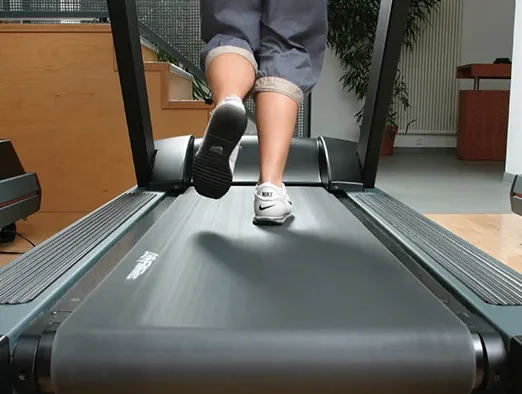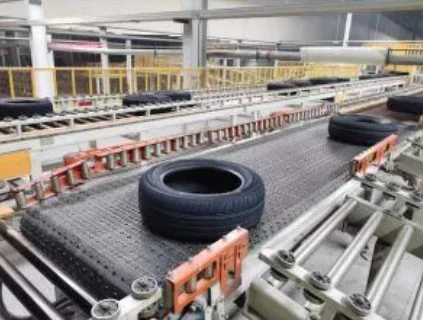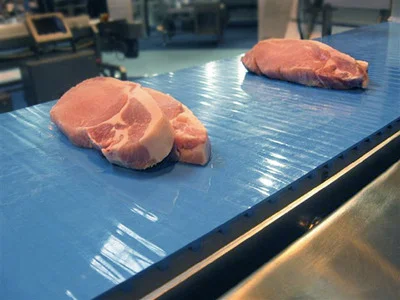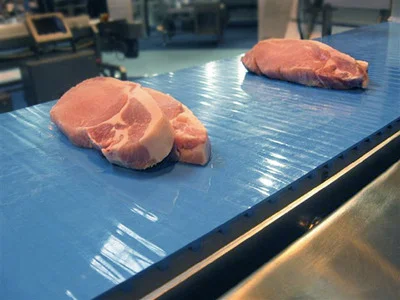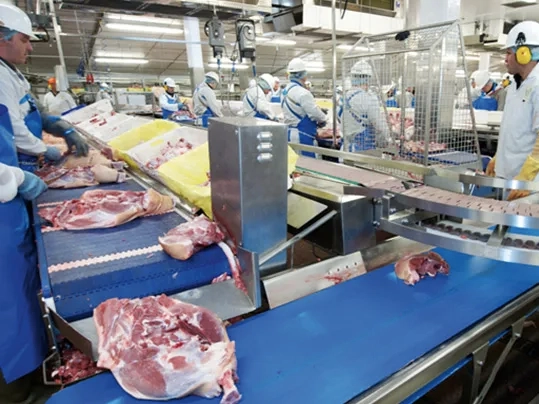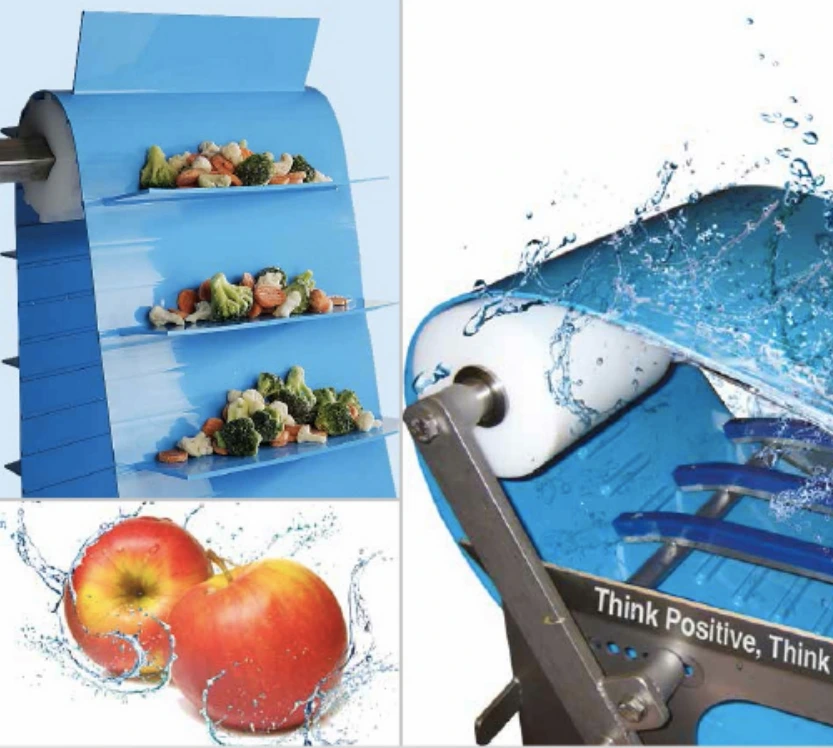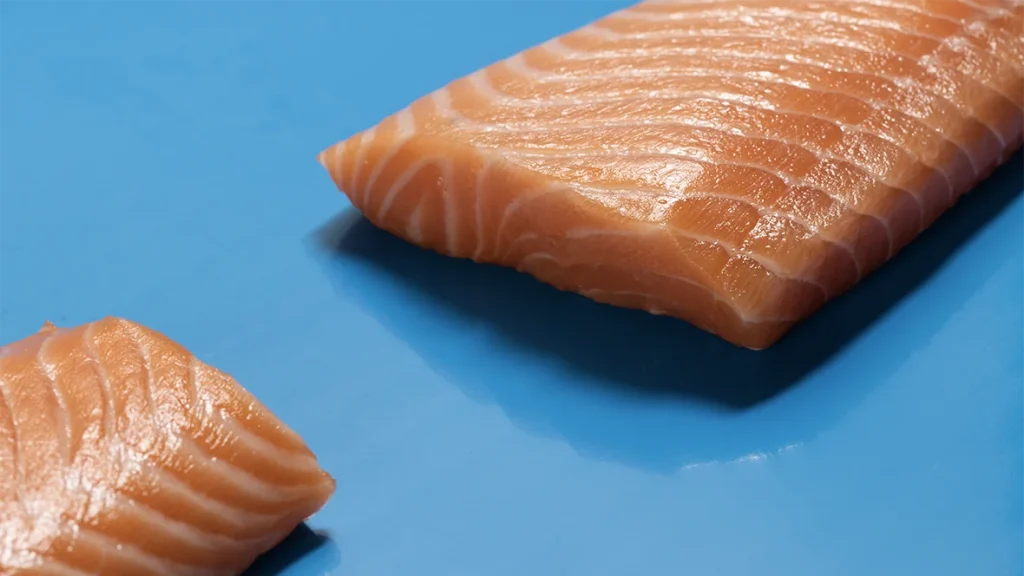
What Is a Homogeneous Conveyor Belt?
A homogeneous belt, also known as an easy-to-clean or monolithic belt, is made from one solid piece of thermoplastic. This can be TPU (thermoplastic polyurethane) or TPE (thermoplastic elastomer). Since it has no fabric inside and no seams, it’s much easier to keep clean. That’s why these belts are often used in food plants.
Uyang лент makes these belts for high-hygiene use. Their belts are built with quality material, smooth surfaces, and come with food safety certificates from places like the FDA and EU.
Things to Look for When Choosing a Belt
Hygiene and Food Safety
This is the number one reason to choose a homogeneous belt. In meat and seafood factories, even a small spot of bacteria can cause problems. Uyang Belting’s belts help solve this by:
- Having no seams or cloth inside
- Preventing water or blood from soaking in
- Meeting FDA, EU, HACCP, and USDA food contact standards
- Offering sealed edges that stop anything from leaking inside
- These features help companies follow food safety rules and avoid contamination.
Handling Heat, Cold, and Wet Areas
In meat and seafood jobs, belts go from freezers to hot cleaning zones. You need a belt that can take it.
- Cold to Hot: Uyang Belting belts work in freezing conditions down to –35°C and hot cleaning up to 80°C.
- Oil and Water: These belts don’t soak up moisture or fat.
- Cleaning Chemicals: The material doesn’t get damaged by soap or bleach.
So, even after many cleanings, the belt stays in good shape.
Strength and Performance
In processing lines, belts face sharp knives, heavy loads, and nonstop movement. Uyang Belting designs their belts to handle all that:
- They don’t tear easily, even around bones or tools.
- They track straight and need less fixing.
- Some models have textured surfaces so products don’t slip.
If you want fewer delays and longer belt life, strength matters.
Easy to Wash and Keep Clean
Every minute spent cleaning is time lost on production. Homogeneous belts are built to clean up fast:
- Smooth surfaces don’t trap food.
- Dirt and grease come off with water and mild soap.
- No layers means nothing to peel or break.
This helps save time, water, and labor costs.
Shapes, Sizes, and Special Options
Every plant is different. That’s why Uyang Belting offers many ways to make their belts fit your system.
- Flat belts, V-guides, and positive drive belts are available.
- You can add cleats, slots, or sealed sides.
The belts can be made in different colors—blue is popular to help spot food pieces or damage.
Belt Joint Types
Belts can break if they’re not joined right. Uyang uses hot welding to connect the ends. This keeps the belt smooth, strong, and easy to clean. There are no cracks where dirt or germs can hide.
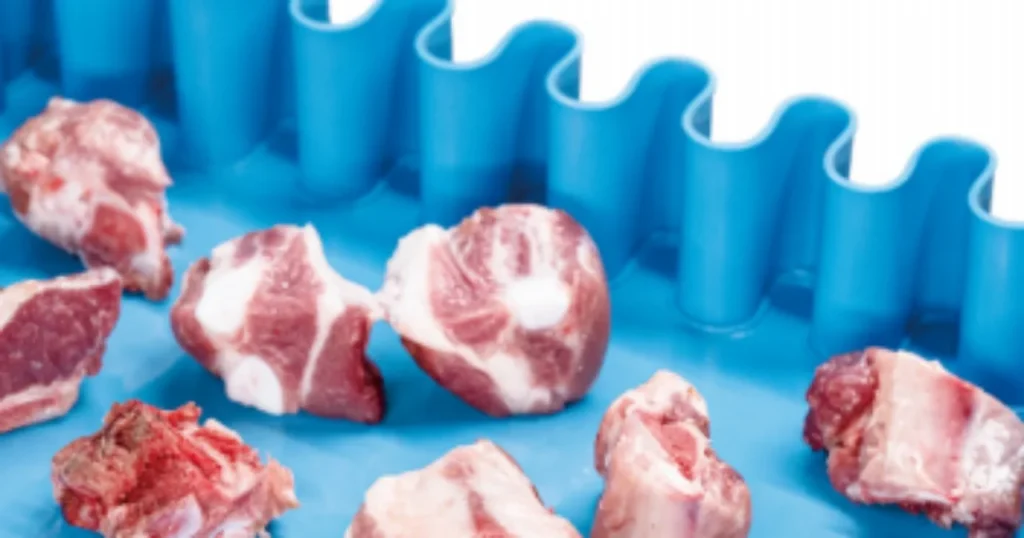
Homogeneous vs. Regular Belts
Let’s compare these belts with the old-style ones like PVC or PU:
| Особенность | Traditional Belts | Homogeneous Belts |
| Layers | Cloth + Coating | One-piece plastic |
| Hygiene | Medium | High |
| Water Resistance | Soaks in liquids | Doesn’t absorb |
| Cleaning | Hard to sanitize | Quick and simple |
| Strength | Can peel or fray | Strong and flexible |
| Cost | Lower at first | Saves more over time |
Homogeneous belts from Uyang Belting cost more at the start. But they last longer, need fewer repairs, and help keep your plant cleaner.
Where These Belts Are Used
Meat Processing
In meat factories, belts carry raw meat from one station to another.
- For cutting: Strong belts handle knives and bones.
- For sorting: Anti-slip textures help keep meat in place.
- For weighing: Smooth surfaces make it easier to clean between batches.
Seafood Processing
Seafood can be slippery and oily, and it must stay fresh.
- For skinning and cleaning: Belts are easy to wash even after sticky fish juice.
- For freezing: They don’t crack in low temperatures.
- For packing: No water gets inside the belt.
Uyang Belting’s belts are ready for any of these tasks.
Tips to Make the Right Choice
Here are a few tips when you’re picking a belt:
- Think about cleaning: Will you wash the belt often? Use a seamless one.
- Check your rules: Make sure the belt meets food safety laws.
- Match the surface: Smooth is better for fish. Rough textures help hold meat.
- Mind the weather: Choose a belt that works in both cold and hot rooms.
- Plan ahead: Spending more now can save on future cleaning, downtime, and repairs.
Installation and Maintenance
Here’s how to keep your belt working well:
- Weld the ends with heat. Don’t use clips.
- Adjust the tension so it doesn’t slip.
- Clean after every shift. Use soft soaps and warm water.
- Deep clean every week with steam or safe chemicals.
Uyang Belting also gives manuals and tech help. Their team is ready to support your factory, no matter where you are.
Why Choose Uyang Belting?
Uyang Belting has been making belts for over 20 years. They are known for quality, fast delivery, and good service.
- Their belts are made with safe materials.
- They can customize belts for any machine or product.
- Their belts are sold in over 50 countries.
They also provide free samples, short delivery times, and full support before and after the sale.
Conclusion
In meat and seafood plants, the belt you choose really matters. A good homogeneous belt makes your job easier. It keeps food safe, saves time on cleaning, and lasts longer than older belt styles. Uyang Belting offers top-notch belts you can count on.
Часто задаваемые вопросы
Q1: Are Uyang Belting’s belts safe for raw seafood?
A1: Yes. Their belts meet FDA and EU rules, and they resist water, oil, and germs.
Q2: What size or thickness should I choose?
A2: For meat, 3–4mm works well. For lighter jobs like baked items, 2mm is enough.
Q3: Can I order a belt with special patterns or colors?
A3: Yes! Uyang Belting can make belts with different textures, colors like blue, and even holes or cleats.


